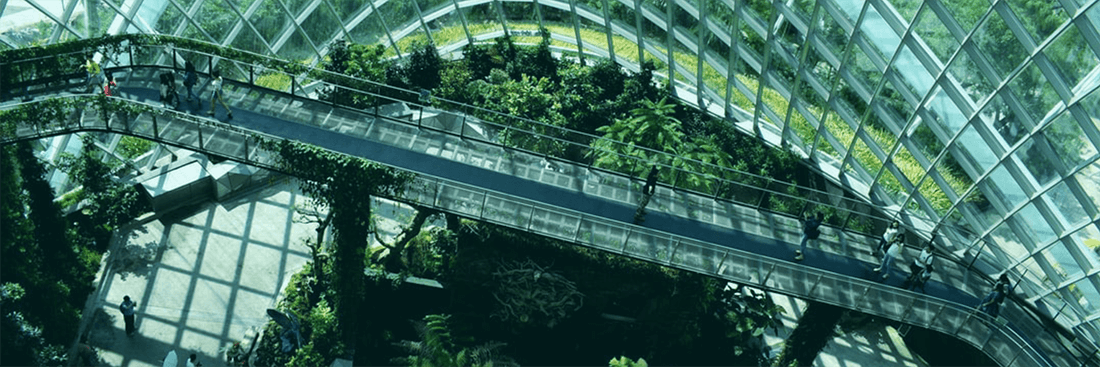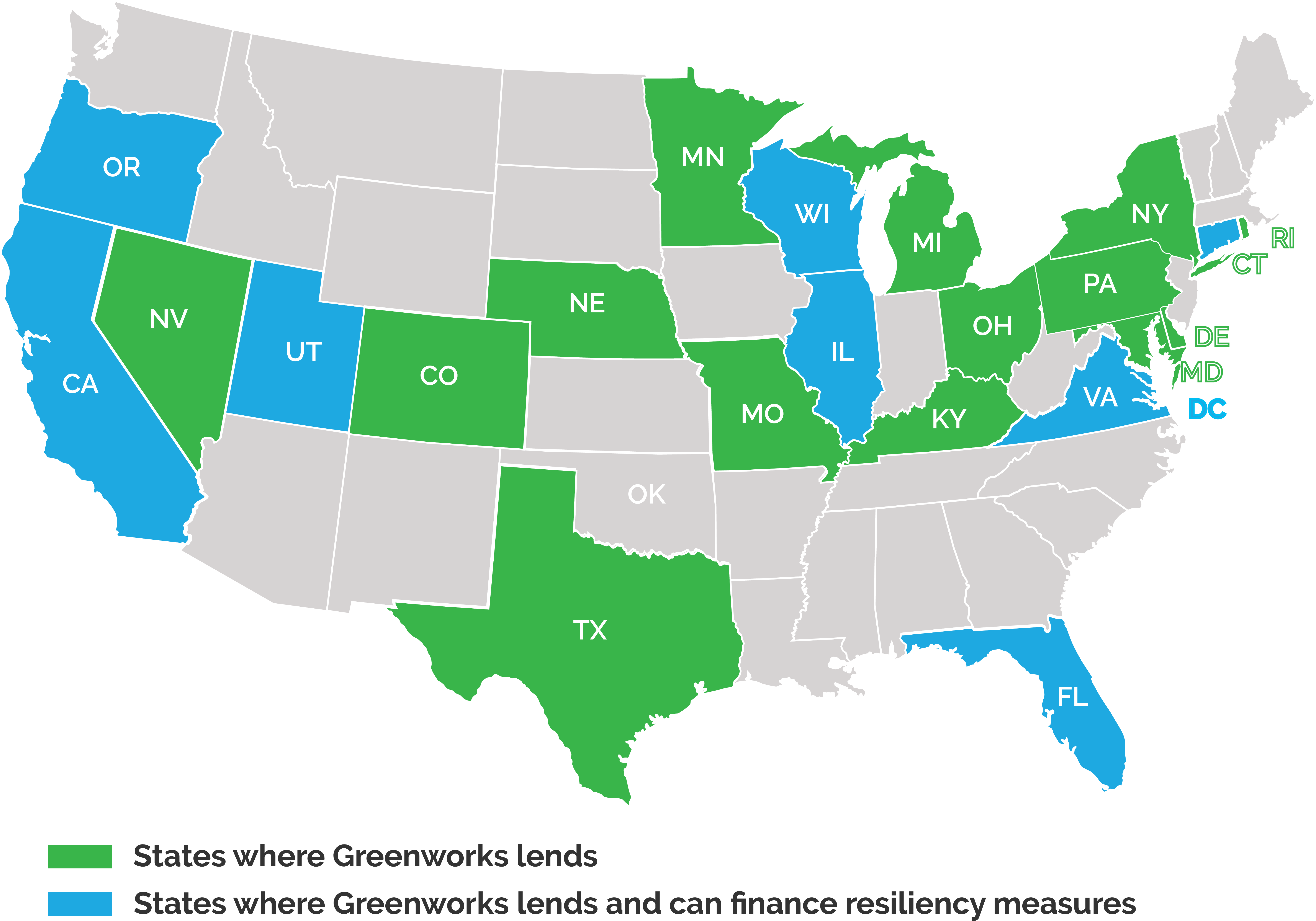
As America slowly reopens after COVID-19 shutdowns, building owners of all types are exploring technology solutions to make their buildings healthy gathering places that are better equipped to foster health among its occupants. Healthy buildings will attract more tenants and higher rents as people around the country adjust to a new normal of what’s important in the spaces where they live, work, and receive care. There will likely be substantially more awareness and interest from the public in healthier, safer, more efficient and productive buildings.
As a result, improvements to make buildings healthier are now more important than ever, however, the economic challenges of COVID-19 have also left commercial property owners struggling to find the capital to finance these healthy building upgrades.
For almost 10 years, C-PACE has been a powerful tool for building owners to access capital to increase their buildings’ energy efficiency and drive NOI. Many C-PACE programs across the country have long considered certain resiliency measures as being C-PACE eligible, and these energy measures can also address issues of improving building health.

In addition to states that specifically consider resiliency as part of C-PACE, many health and safety technologies can also be used to reduce energy and operating costs when implemented in a thoughtful and comprehensive way. Three main categories present the greatest opportunity for building owners to leverage C-PACE for resiliency and energy savings, which will ultimately make their buildings healthier and save them money:
Monitoring Technology:
Most applicable for healthcare facilities, presence detection and remote vital sign monitoring provides an opportunity to combine the core goal of occupant health with enhanced building energy performance. Utilizing state of the art radar detection sensors, medical teams gain insight and automated trending capability for patient vital signs. The core health benefit here for medical professionals to affectively intervene early as a patient’s condition changes is clear. Less obvious is the value of that occupancy data. Integrating the sensors data with building management systems allows buildings to make effective changes to air flow, temperature, and lighting conditions that simultaneously address patient health and comfort along with energy efficiency.
Air Quality and Purification:
The use of UV light to disinfect is a long-standing technology that can easily be combined with the reduction of heating, cooling, and lighting energy use. Available for installation directly on heating and cooling coils in forced air systems as well as in room air purification are all available. Use of these technologies can allow buildings to reduce outside air requirements simultaneously promoting healthy air quality and reducing the need for mechanical heating and cooling of spaces. There has been significant consideration among facilities managers to shift HVAC systems to 100% outside air to promote better, healthier air quality. This option would ultimately be significantly more expensive and potentially less effective then UV disinfection.
Simultaneously installing Variable Frequency Drives with this technology will help drive proper air flow velocity and maximize energy system savings.
UV light can also be built on to LED lamps and fixtures allowing buildings to reduce their overall lighting load and continuously disinfect spaces with combined output of UV light with higher quality lower cost visible light.
Lighting Quality:
Taking the combination of LED and UV light one step further, the highest quality LED lighting provides the ability to dynamically change the lighting level and color temperature of light throughout the day. If we consider the shift in natural light throughout the day, light is dimmer and redder in the mornings and evenings, becoming whiter and brighter in the middle of the day. This shift gives signals to our body that impacts circadian rhythm. Mimicking this effect has been studied in healthcare facilities and evidence exists that this type of lighting control positively impacts patient mood, sleep, and overall medical outcome.
Ancillary to the primary use case of this technology is that the light will use less energy early and late in the day than it does in the middle, reducing operating cost while also creating more content and healthy patient and tenant population. When combined with daylight harvesting technology it may use less energy throughout the day as well.
Greenworks Lending has been working with many qualified HVAC manufacturers, installers, and consultants to vet these technologies and it is clear that there exists a match between the financial benefits of C-PACE financing and the health, safety and energy benefits of these technologies. Working with experienced professionals like Centaur Building Solutions, C-PACE can be seamlessly applied to the immediate health needs of buildings in most markets.
Our mutual commitment is to enable building owners to provide the best environments for occupants that is healthy, economical, and environmentally conscious as social distancing restrictions ease and businesses begin to reopen.
